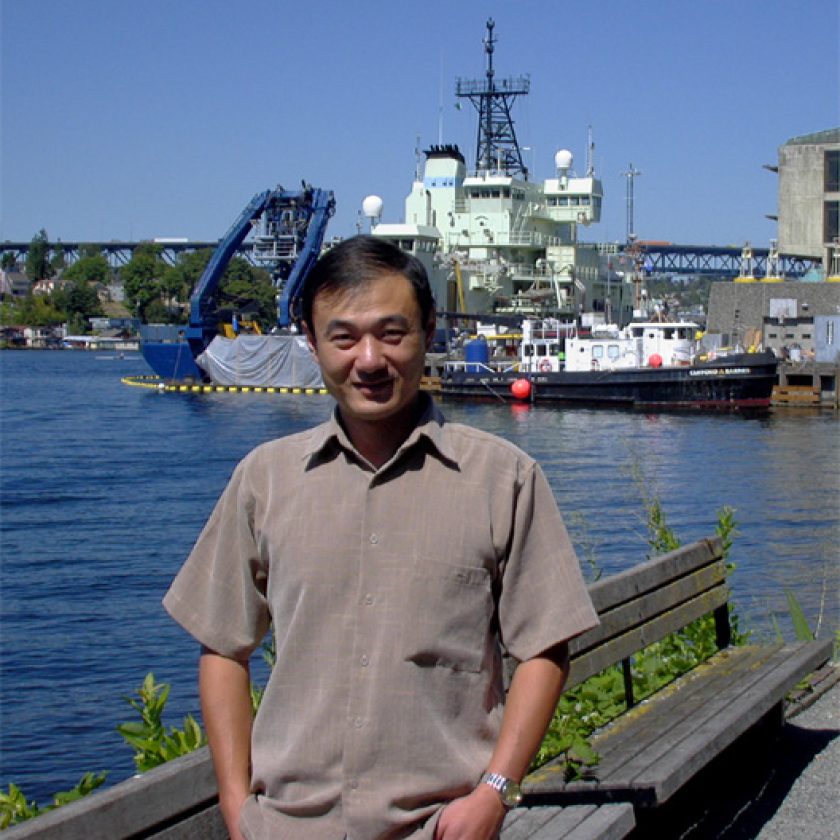Abstract
Organic electro-optic materials have the unique advantage of good velocity match between radio frequency and optical frequency. As a result optical modulation can be realized with wide bandwidth of over hundreds of GHz. Silicon nano-photonic structures is able to confine optical modes in a small space due to the high refractive index of silicon. Combining the EO polymer with silicon photonics has greatly reduced the size of the EO polymer modulator and the modulator drive voltage. Nano- and micro-structures including micro optical resonators and microfluidics, with sizes matching that of biological cells and bio-molecules, are useful tools in biomedical research. Interaction of light propagating in the wave-guiding structures with the surrounding media through its evanescent field has been used to detect biochemical activities without labeling the target molecules. By introducing multiple slots in a dielectric waveguide, a much stronger evanescent field could be achieved in the surrounding media while still maintaining good optical confinement. Experimental demonstration of micro-ring resonator sensors using single mode waveguides having three slots indicates a 5-fold increase in sensitivity for homogeneous sensing and more than 3-fold increase in sensitivity for surface sensing (biotin-bovine serum albumin) in comparison to those of a waveguide without slots. Numerical simulations suggest higher sensitivity enhancement (as high as 100 times) is possible if more slots and larger waveguide widths are used. Microstructures can be created by light. Two-photon polymerization has been used by us as a versatile and flexible means to fabricate arbitrary 3D structures of sub-micron dimensions. These structures made in functional polymers (e. g., oxygen sensitive fluorescent polymers) are useful for micro sensors and cell study. Microresonator fabricated on side-polished fiber allows fiber coupled sensor arrays to detect and identify various analytes. Charge carrier transport in semiconducting nanowires is strongly affected by localized surface states. This property makes nanowires ideal for chemical gas sensors. We developed nanoelectronic sensors capable of detecting trace chemical gases for security, biological, and environment protection. With proper choice of the material, dimensions of nanowires, and sensor structure, detection limit in the low parts-per-trillion range have been achieved. Such sensors operate at room temperature and are self-refreshing.
Biography
Dr. Antao Chen is a Senior Scientist with the Applied Physics Laboratory and an Associate Professor with the Electrical Engineering Department of the University of Washington.
Dr. Chen received MS and PhD degrees from the University of Southern California in 1995 and 1998, respectively.
From 1998 to 2004, Dr. Chen was a Distinguished Member of Technical Staff of Lucent Bell Labs Optoelectronics Center. He is a winner of 1999 Bell Labs President Gold Award and 2001 Photonics Circle of Excellence Award. Dr. Chen joined University of Washington in 2004 as a senior scientist of Applied Physics Laboratory and associate professor of Electrical Engineering Department. His current areas of research include free space, integrated, and fiber optics for information transmission and processing, chemical and environmental sensing using photonics and nano-electronics, micro- and nano-fabrication, and propagation and scattering of terahertz waves.


